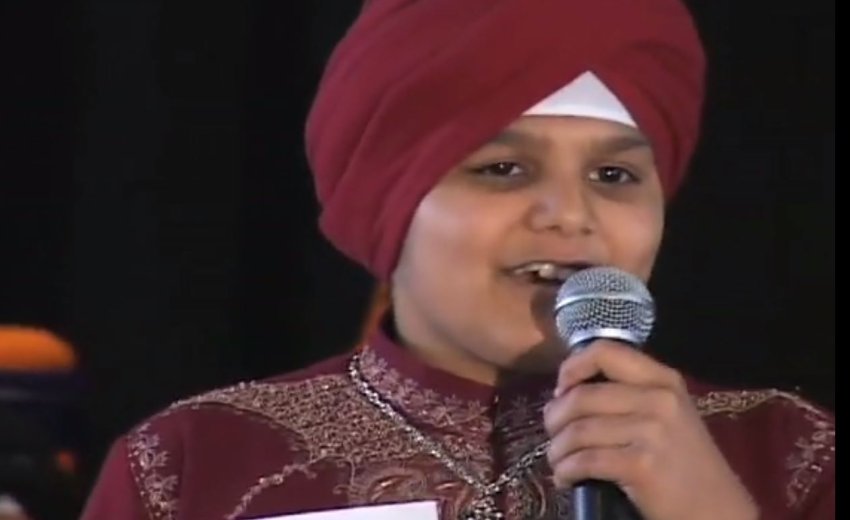Kes is an important part of the Sikh identity but it also carries social, cultural, and political meaning for more than just Sikhs. Recently, a film student from NYU explored this less explored cross-cultural perspective by speaking with 3 individuals from various backgrounds in an interesting (and short-18 minute) documentary.
The film engages with a Sikh (Sonny Singh from the Sikh Coalition’s New York office), an African-American woman, and a woman with trichotillomania - a disorder that causes the sufferer to compulsively pull out hair. We often consider kes in the context of religion, beauty, and identity; but rarely do we do so in a cross-cultural perspective (unless you grew up in a culturally diverse community). The film is thoughtful and thought-provoking, so I’ll let it speak for itself. It includes footage from the recent Sikh Day parade in New York City, as well as a pagh tying competition in Richmond Hill.
"Hair" Documentary from Will Ellis on Vimeo.
Hair… As one of the most important aspects of how others see us, how has our hair become interwoven with issues of race, religion, beauty, and identity?
Sikhism mandates that the hair is never cut. We explore the rationale behind this and the discrimination that Sikhs face today in a post 9-11 world.
Many women of African descent grow up to think negatively about their natural hair. So begins the burdensome, expensive, and often painful process of weaves and chemical straightening, as a however subconscious attempt to achieve a homogenized concept of beauty. We speak to a woman who takes pride in her natural hair and is committed to show others how truly beautiful “nappy” hair can be.
Sometimes what we do with our hair is not a choice. Trichotillomania is a disorder that causes the sufferer to compulsively pull out hair. We will meet a long-term lash/brow puller who describes how people have reacted to her disorder and how these experiences have shaped her. [link]

